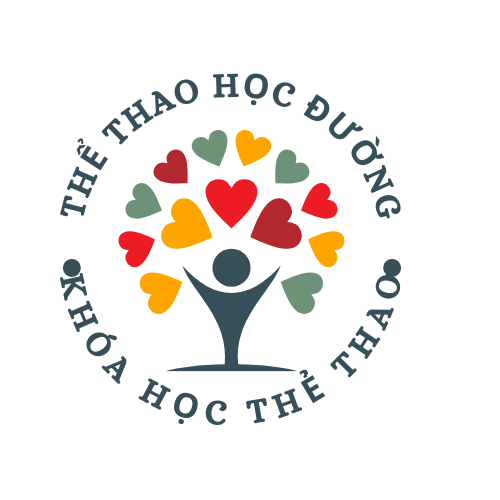In the dynamically progressing environment of education and professional development, the capacity to learn https://learns.edu.vn/ efficiently has developed as a essential aptitude for scholastic accomplishment, career advancement, and self-improvement. Current studies across mental science, neuroscience, and pedagogy reveals that learning is not merely a passive absorption of information but an dynamic mechanism influenced by planned techniques, contextual elements, and neurological systems. This report combines proof from more than twenty credible sources to present a interdisciplinary investigation of learning enhancement techniques, offering practical perspectives for individuals and educators equally.
## Cognitive Bases of Learning
### Neural Mechanisms and Memory Creation
The brain utilizes separate neural routes for different kinds of learning, with the brain structure playing a vital role in strengthening temporary memories into long-term preservation through a procedure termed brain malleability. The dual-mode theory of thinking identifies two complementary cognitive states: focused mode (conscious problem-solving) and creative phase (automatic trend identification). Proficient learners deliberately rotate between these modes, using directed awareness for intentional training and creative contemplation for innovative ideas.
Grouping—the technique of grouping associated information into meaningful components—enhances working memory ability by lowering brain strain. For illustration, performers learning complex pieces separate scores into musical phrases (segments) before integrating them into finished pieces. Brain scanning studies reveal that group creation corresponds with enhanced neural coating in brain circuits, clarifying why expertise develops through ongoing, organized practice.
### Sleep’s Influence in Memory Strengthening
Sleep architecture directly affects knowledge retention, with deep sleep stages promoting fact recall retention and REM dormancy improving procedural memory. A contemporary extended research found that students who preserved regular bedtime patterns outperformed others by nearly a quarter in recall examinations, as neural oscillations during Phase two NREM sleep promote the re-engagement of brain connectivity systems. Practical implementations involve distributing learning periods across several sessions to utilize rest-reliant memory processes.

